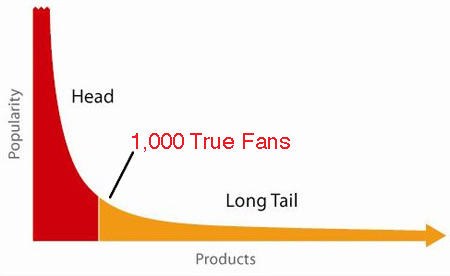Tying It All Together
I've been reading Jeffrey Gitomer's articles and books for close to 20 years. He was the first guy I ever saw who put together lists of advice and tips that ended in "point-five" -- 9.5 Ways To Do This, 3.5 Reasons For That, etc.
I met Scott "That Name Tag Guy" Ginsberg just a couple years ago. Scott ends his articles and online videos with "Let Me Ask Ya This..."
Although I count myself as a fan of these two writers, I never stopped to really delve into the reasons their writing just seemed to hit home with me. It wasn't until re-reading Gitomer's "Little Green Book of Getting Your Way" for the 3th time (actually I was listening to the audio version for the 5th time -- nothing like having Gitomer with you on your daily commute giving you valuable advice on your way to work) when I realized there was a real strategy behind his "point-five" lists (actually, I didn't realize all by myself, he pretty much spells it out -- I just happened to really "hear" it fr the frst time. See why you're supposed to read/listen to these sorts of books more than once??)
Gitomer creates useful numbered lists of tips and advice, but then adds his unique "point-five" as a way to -- well, let me just use Jeffrey's own words. From page 170 in his The Little Green Book of Getting Your Way...
I end my lists with .5 rather than a whole number, for 2.5 reasons:
1. The .5 statement at the end of each list I make is the glue that binds the rest of the list.2. Ending this way makes me think deeper about the subjetc. Think of a higher level. Here's where I can add philosophy, humor, challenge, and a final call to action.
2.5 It makes my lists different from all other lists. It brands me and sets me apart from all other list makers (except for the few that copy me).
Pretty good idea, eh?
Although I didn't ask for personal confirmation, my guess is that Scott Ginsberg ends with his "Let Me Ask Ya This..." for similar reasons. His final question is always a call back to the information he's shared in the article and a chance for the reader to think a little more deeply about how the information might apply to them personally. More recently Scott has begun adding a second line: "Let Me Suggest This..." This new line is always accompanied by a simple call to action -- usually an invitation to request a free list from Scott via email that builds on the topic addressed in the article.
It finally "clicks" for me.
If it's good enough for Aesop (that guy who wrote all those ancient parables that our parents used to read to us as kids) to add a moral at the ends of all his stories, why shouldn't I?
From now on, I will endeavor to add my own bit of parting wisdom (such as it is) to the end of my blog posts and articles. Since I am such a big fan of questions that lead to increasing the elevel of creative thought, it seemed only natural that my end-cap should be a question, and my all-time favorite question has always been "What-if?" (you really should have seen this coming, after all -- I did write the book.) So here we go... the legendary moment...!
What If...?
What if you found a better way to do things?
Would you do have the guts to admit you may have been doing it wrong all these years and make the change to improve?
What if you came up with your own unique signature way to end your messages?
Your letters? Your emails? Your Facebook posts?
What if you started today?
Labels: Ideas, Insight, Inspiration







